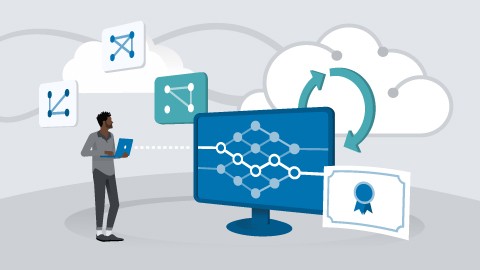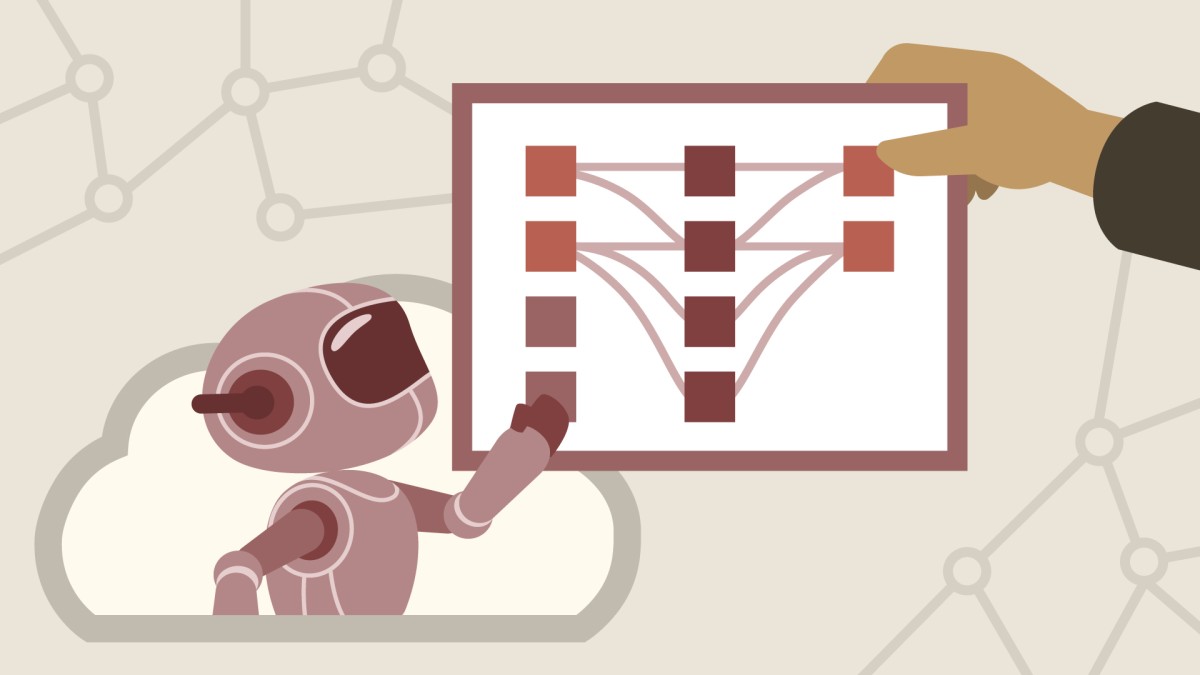Introduction
Course and Google Professional Machine Learning Engineer exam overview
()
Framing ML problems: Key terminology
()
1. Translating Business Challenges into ML Use Cases
Building AI-enabled workflows
()
Using AI tools to build AI tools
()
Teaching MLOps at scale with GitHub
()
2. Defining ML Problems
Simulations vs. experiment tracking
()
When to use ML
()
Supervised vs. unsupervised ML
()
Optimization
()
Clustering
()
3. Defining Business Success Criteria
Defining business success criteria
()
4. Identifying Risks to Feasibility of ML Solutions
MLOps hierarchy of needs
()
Hidden costs of bespoke systems
()
Data poisoning
()
5. Conclusion: Framing ML Problems
Framing ML problems: Next steps
()
6. Introduction: Architecting a ML Solution
Architecting a ML solution: Overview
()
Architecting a ML solution: Key terminology
()
Cloud developer workspace advantage
()
7. Designing a Reliable, Scalable, and Highly Available ML Solution
What is continuous delivery?
()
Containerized ML microservices
()
SRE mindset for MLOps
()
Reproducible workflow
()
Learn continuous integration
()
8. Choosing Appropriate Google Cloud Hardware Components
Selecting heavy vs. light MLOps
()
Key components of MLOps landscape
()
Feature store vs. data warehouse
()
Compute choice
()
9. Conclusion: Architecting a ML Solution
Architecting a ML solution: Next steps
()
10. Introduction: Designing Data Preparation and Processing Systems
Designing data preparation and processing systems: Overview
()
Designing data preparation and processing systems: Key terminology
()
Onboard to GCP
()
11. Exploring Data
What is Google Colab?
()
Exploratory data analysis for life expectancy
()
Data science setup with virtualenv and pip on Windows
()
Graphing data for exploratory data analysis
()
12. Building Data Pipelines
Labeling data
()
Mechanical Turk labeling
()
Cleaning up data
()
Scaling data
()
BigQuery data pipelines with Colab
()
13. Creating Input Features
Feature engineering concepts
()
Extracting features from public datasets
()
Exploratory data analysis with Google BigQuery
()
14. Conclusion: Designing Data Preparation and Processing Systems
Designing data preparation and processing systems: Next steps
()
15. Introduction: Developing ML Models
Developing ML models: Overview
()
Developing ML models: Key terminology
()
16. Building Models
Using TensorFlow Playground
()
Overfitting vs. underfitting
()
Selecting the right metrics
()
17. Training Models
Training models with TensorFlow and a GPU-enabled Docker
()
Fine-tuning raw ingredients with Hugging Face
()
Advantages of transfer learning
()
18. Scaling Model Training and Serving
Operationalize microservices
()
Monitoring and logging with Rust on Google App Engine
()
Continuous integration using Rust with GitHub Actions
()
Demo: Unit testing Rust
()
Demo: GitHub copilot-enabled Rust
()
Set up a GCP workstation with Python
()
Demo: Google Cloud Shell
()
Demo: Google Cloud Editor
()
Demo: Google CLI SDK
()
Demo: Google gcloud CLI
()
Demo: Google App Engine Rust deployment
()
Demo: Google App Engine Golang
()
19. Conclusion: Developing ML Models
Developing ML models: Next steps
()
20. Introduction: Automating and Orchestrating ML Pipelines
Automating and orchestrating ML pipelines: Overview
()
Automating and orchestrating ML pipelines: Key terminology
()
21. Designing and Implementing Training Pipelines
Prompt engineering for Google BigQuery with ChatGPT 4
()
Getting started with Vertex AI
()
Understanding TPUs
()
TPUs as a technology transition
()
Demo: TPU, PyTorch, and MNIST
()
22. Implementing Serving Pipelines
TensorFlow serving with a GPU-enabled Docker
()
A Rust and PyTorch microservice walkthrough
()
Demo: Rust pretrained PyTorch microservice
()
23. Conclusion: Automating and Orchestrating ML Pipelines
Automating and orchestrating ML pipelines: Next steps
()
24. Introduction: Monitoring, Optimizing, and Maintaining ML Solutions
Monitoring, optimizing, and maintaining ML solutions: Overview
()
Monitoring, optimizing, and maintaining ML solutions: Key terminology
()
25. ML Solutions
Data drift explained by the naughty child problem
()
Load testing with Locust
()
Demo: Auditing via logs
()
Demo: Logging dashboard
()
Demo: Cloud web security scanner
()
Demo: Querying logging output with BigQuery
()
Demo: Load testing with Rust
()
Five whys
()
Using Google Courses
()
Building a translator with Rust and Hugging Face
()
Using PyTorch and Rust for stable diffusion
()
Using Rust with PyTorch
()
Building a CUDA GPU stress test
()


